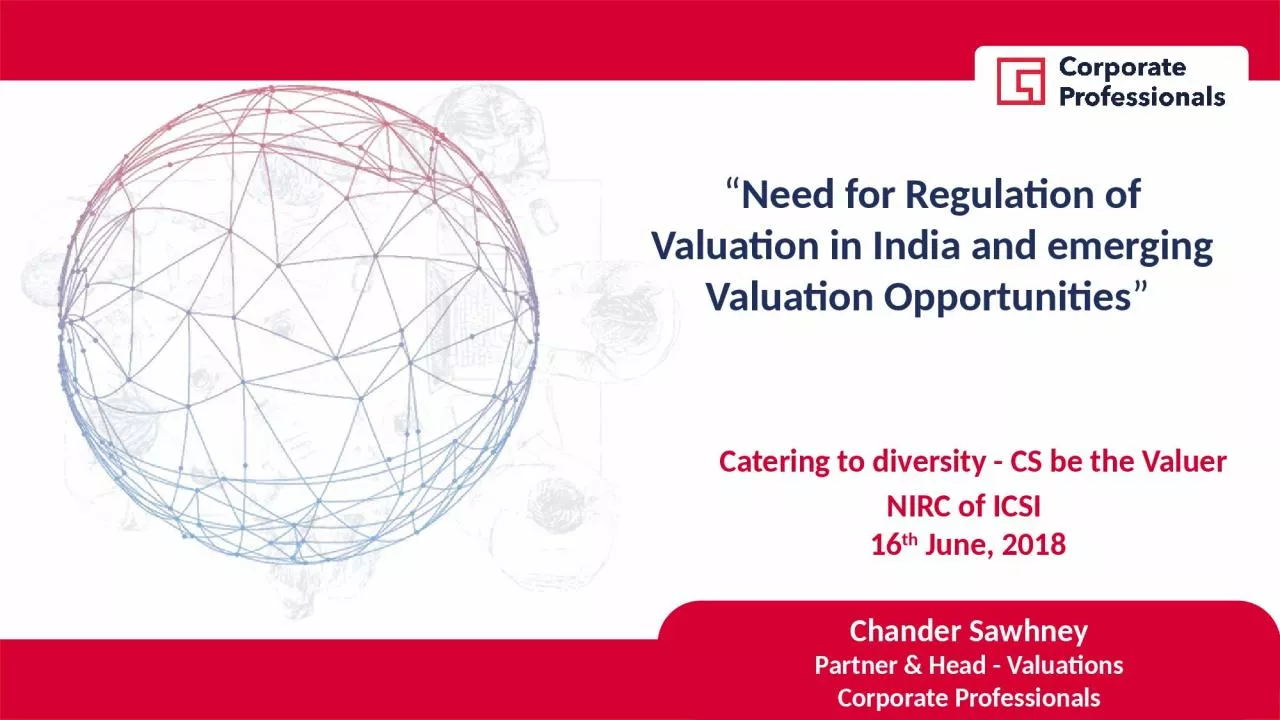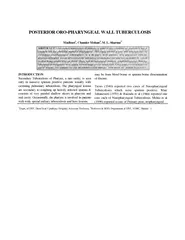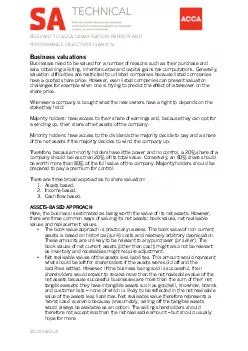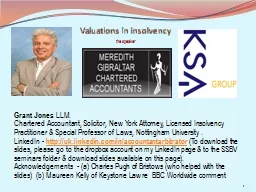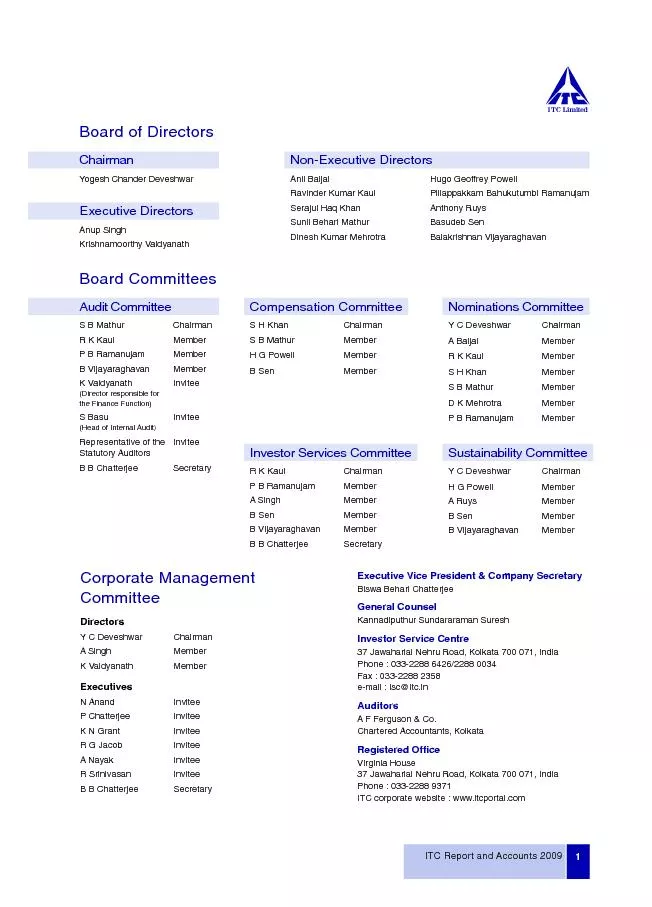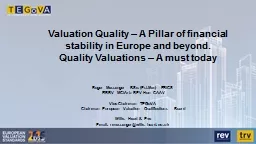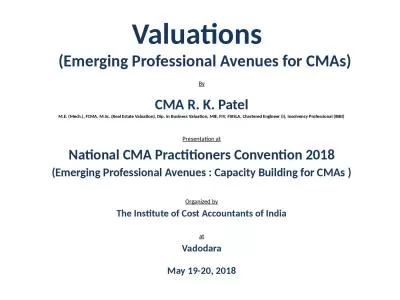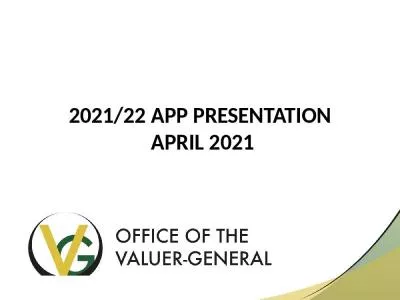PPT-10 Chander Sawhney Partner & Head - Valuations
Author : badra | Published Date : 2023-11-04
Corporate Professionals Need for Regulation of Valuation in India and emerging Valuation Opportunities NIRC of ICSI 16 th June 2018 Catering to diversity
Presentation Embed Code
Download Presentation
Download Presentation The PPT/PDF document "10 Chander Sawhney Partner & Head - ..." is the property of its rightful owner. Permission is granted to download and print the materials on this website for personal, non-commercial use only, and to display it on your personal computer provided you do not modify the materials and that you retain all copyright notices contained in the materials. By downloading content from our website, you accept the terms of this agreement.
10 Chander Sawhney Partner & Head - Valuations: Transcript
Download Rules Of Document
"10 Chander Sawhney Partner & Head - Valuations"The content belongs to its owner. You may download and print it for personal use, without modification, and keep all copyright notices. By downloading, you agree to these terms.
Related Documents

